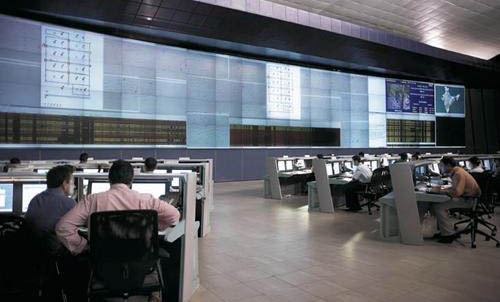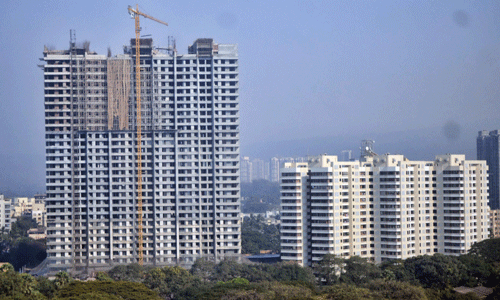
Real Estate Bill expected to be revised
india realty news, india real estate news, real estate news india, realty news india, india property news, property news india, india news, property news, real estate news, India Property

india realty news, india real estate news, real estate news india, realty news india, india property news, property news india, india news, property news, real estate news, India Property

Track2Realty Exclusive: West Zone Analysis–The cumulative take-up levels recorded between Q1-Q3 2012 in Mumbai and Pune were the lowest when measured up against transaction activity recorded during similar time frame since 2009. In Mumbai, the first three quarters of 2012 witnessed a total take-up of 2.4 million sq ft which was approximately 44% lower when compared to 2011. Similarly, transaction activity registered in Pune were in 2012 were down by 36% during the same time frame.

Ravi Sinha: The point here is how feasible are the wishful thoughts of the sector in 2013?
Sunil Dahiya: The commercial essence of our product has been taken out. Now the consumer is saying let me wait for something, and he is waiting in eternity for something better to come. What he is waiting for, we also don’t know. So, the consumer has been loaded with confusion, and we are loaded with a product which is dead.

Track2Realty Exclusive: Most of the development in the NCR has occurred in the vicinity of the commercial hubs. In the Gurgaon micro market, developers have shifted their focus to the Dwarka Expressway, also called the Northern Peripheral Road. The forthcoming expressway will provide a convenient alternative link between Delhi and Gurgaon.

Track2Realty Exclusive: Moderation in new supply brought the vacancy down
During 2012, the new supply dropped by a whopping 40% y-o-y to 18 million sq ft, as across many cities, the slow adjustment of supply with the changing demand patterns took effect. Bangalore was the only exception to this, where the new supply rose by a whopping 35% y-o-y, as a number of developments which had been fast tracked in response to the sharp recovery in demand in the city since 2010, got completed during the period.

Track2Realty Exclusive: Reforms as the very philosophy of a sector demands that all stake holders agree to function in a transparent manner. With the growth of real estate over the last decade, while it is heartening to note that both the developers and the government have realised the importance of transparency in the sector, there are still challenges galore.

Ravi Sinha: I think Mr Tripathi has a very valid point that the CCI has emerged. You have also seen the wrong side of consumer activism in a Noida Extension kind of a situation. When we think of reforms, government is looking for a regulator and a whole lot of sector’s wish list has not gone down well with the government. Do you think that the sector will move ahead with some sort of reforms in the year ahead?

I welcome all the panelists in the final roundtable for Track2Realty Focus 2013. As we come to the end of 2012, it is time to look in & look ahead as far as the prospects of the realty sector are concerned. In this discussion, we would try to wrap up the year 2012, and see where the sector has been heading to in 2013. So, when you look at the year Mr Sharma, don’t you think “oh! what a waste.” So much was expected this year but nothing has moved forward, be it in terms of administrative reforms, fiscal reforms or land reforms; nothing has gone right for the sector.

Track2Realty: The past decade has witnessed a period of economic transformation of the Indian real estate industry. After the global financial crisis, the pace at which the industry has bounced back is magnificent. Our real estate ecosystem typically comprises of architects, developers, Government & regulatory authorities, financial institutions, private equity players, other funding agencies, brokers, property consultants and of course most importantly the buyers.

Track2Realty: The real estate sector has welcomed the Union Housing Minister Ajay Maken’s move to accord infrastructure status to affordable housing on expected lines. The industry body CREDAI has nevertheless called for extending similar treatment to the entire housing sector again on expected lines. However, the market dynamics defy any dreams of mass housing or cheap housing even for the economically weaker sections.
